5 Ways to Make Cattle Feed Mill More Efficient
Date: 06/10/2020 09:10:39 From: feed-pellet-plant.com Clicks:
Livestock producers, whether cattle, poultry, dairy, aqua or even swine operate in highly competitive environments. Efficiency savings across the supply chain can yield great results from a relatively low investment. One area often ripe for improvement is in feed mills, where adjusting operations, settings or processes can yield huge savings. By finding ways to get more from existing equipment, improving staff knowledge and minimising wastage, feed mills can often gain efficiencies and save cost. Richi Machinery aims to do just that, by reviewing how feed manufacturers operate and advising on ways to improve the quality of their output. Here, its managing director Lloyd Phillips gives 5 key areas manufacturers should look at to ensure their mills are working profitably, productively and sustainably.
1. Reducing energy consumption
Costs are rising, and there is increasing scrutiny on businesses’ carbon footprint makes the need to use energy as efficiently as possible – reducing waste is an important part of this drive for efficiency. Mr Phillips says that he first looks at moisture levels to create a base-line from which to work. “We look at the moisture within conditioned feed, and based on the levels of conditioning and gelatinisation; we can then introduce methods to improve energy consumption.

Reducing energy consumption
“In terms of waste, we look at how much product has been returned to pre-processing bins and try to reduce the amounts returned for reprocessing. It’s based on mechanical know-how and steam know-how.
“Most of the time we can make significant improvements – one example is that we recently were able to reduce KWh/t usage by 23.2% in a European feed mill.”
2. Securing feed hygiene
The livestock industry has had to deal with several recent epidemics and biosecurity continues to be a focus of processors and consumers alike, and with good reason. Anti-microbial resistance, African Swine Fever and Avian Influenza are yet to be overcome – despite best efforts.
“In a mill setting, we would begin by looking at the CFU levels of stored raw materials and then measuring the finished product, and again three-to-seven days later.
“Based on our findings we can look at measures of how to improve the sanitisation of the entire mill process and transport to ensure feed is free of any nasties.”
Another part of this work is validating products which are used by feed mills to improve hygiene, such as those designed to reduce CFU levels and to ensure salmonella free feed, proving their efficacy through these trials.

Securing feed hygiene
3. Optimising the production processes
There are often gains to be made by improving batching processes – whether that’s weighing out raw materials, or timings of wet and dry mix applications. “We first look at individual processes within a mill, measure performance and then try to build some efficiencies into that process,” says Mr Phillips. “It’s important to periodically look at your batching system, how you weigh out raw materials, and finding gain time between each batch, and timings of wet mix and dry mix applications – there are often ways you can save either time or cost by working more efficiently.”
“We were recently able to save a European mill £60,000 based on batching improvements.”
Pelleting, too, can benefit from outside scrutiny. “We look at the process and current running parameters, monitoring the steam system and conditioning processes. Each feed formulation requires different tweaking – manipulating settings to get feed to gelatinise effectively before the pelleting process is key to improve efficiencies.”

Optimising the production processes
4. Mill personnel training
An essential part of an efficient mill is having confident, well-trained staff. “Quite often, A lot of people come into the industry and might not understand how systems work. We often find knowledge has been handed down and thinned in the process, and there’s a lot of historical settings that might not match current best practice, machinery or formulations.
“Part of what we do is offer hands-on training on the mill floor to give people the confidence to make decisions with equipment.
“Although training in a classroom environment does add value, I believe that mill personnel gain unsurpassed benefits from practising rather than reading.
“No matter what you do to your process, or what equipment you use, it is important to challenge your processes to extract optimum mill performance thus achieving tangible savings for the business and its supply chain.”

Mill personnel training
5. Moisture management
A usual range for moisture loss in the feed process is between 1-1.5%, says Mr Phillips, and mills should be challenging and reviewing their losses from season to season. “This is a topic always under scrutiny,” he explains. “We find ways to reduce the amount of moisture loss within the feed processes by adjusting settings– each mill is unique, and we would have to survey it first to find ways of improving moisture management.”
In addition to reducing moisture loss through adjusting machinery, it is also possible to add moisture management products, or use an in-line sensor to monitor levels. Ensuring those products are working efficiently is crucial for ongoing testing and refining.
The cooling process is another aspect where you can lose moisture – so it’s essential to review this process, as well.
“There is a direct link between moisture management and reprocessing of fines – and complaints about product quality,” says Mr Phillips. “There’s no right or wrong answer for any mill – it has to be tailored to an individual site.”
Related Case
3-4T/H Ruminant Animal Feed Pellet Line Export To Hong Kong,China
3-5T/H Ruminant Animal Feed Pellet Line Export To Indonesia
5-6T/H Cattle Feed+10T/H Chicken Feed Pellet Production Line Export To Saudi Arabia
10T/H Ruminant Feed Pellet Line Export To South Africa
The above is the article for you: 5 Ways to Make Cattle Feed Mill More Efficient. If you are interested in our products or project solutions, please contact us. We will give you the best product quality and the best price. Email: enquiry@pellet-richi.com
Related Product
Production Line Equipment
related News
- >Uzbekistan Gizak 1t/h-2t/h Animal Feed Processing Plant for Floati
- >What is the price of the cattle and chicken feed machinery product
- >How to Choose Premix for Cattle Feed Manufacturers?
- >Cattle Feed Pellet Machine Solves the Problem of Cattle Feeding in
- >How to Make Cattle Feed Pellets? Is It Good for Cattle to Eat Feed
- >What Are the Costs to Consider When Investing in a Cattle Farm?
- >The Feed Pellet Machine Makes Corn Stalks Into Cattle and Sheep Fe
- >Practical | How to Prepare Cattle Premix to Achieve Fast Fattening
- >300kg-500kg Beef Cattle Feed Formula and Cattle Feed Pellet Machin
- >Cheats for Calf Feed Formula in Cattle Farms, What Feed Do Calves
Here you can submit any questions and we will get back to you as soon as possible. We will not disclose the information you submit to anyone, please rest assured.
Copyright© 2022 Richi Machinery. All rights reserved. Site Map


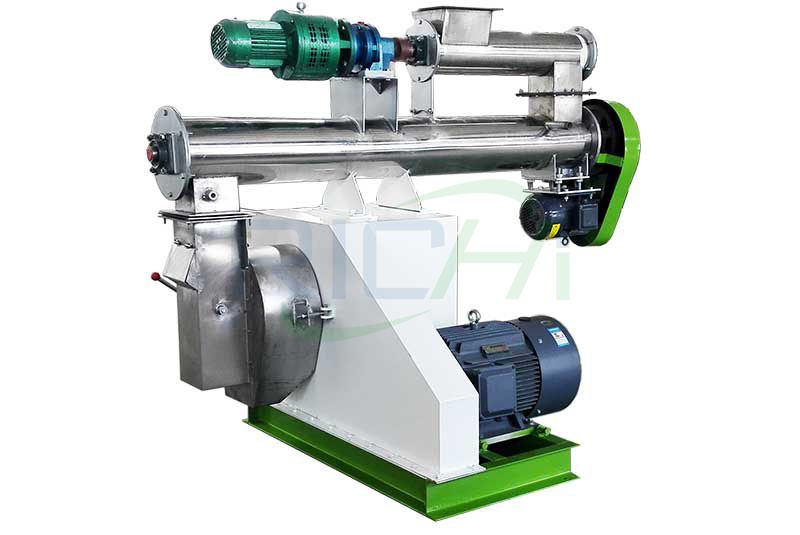
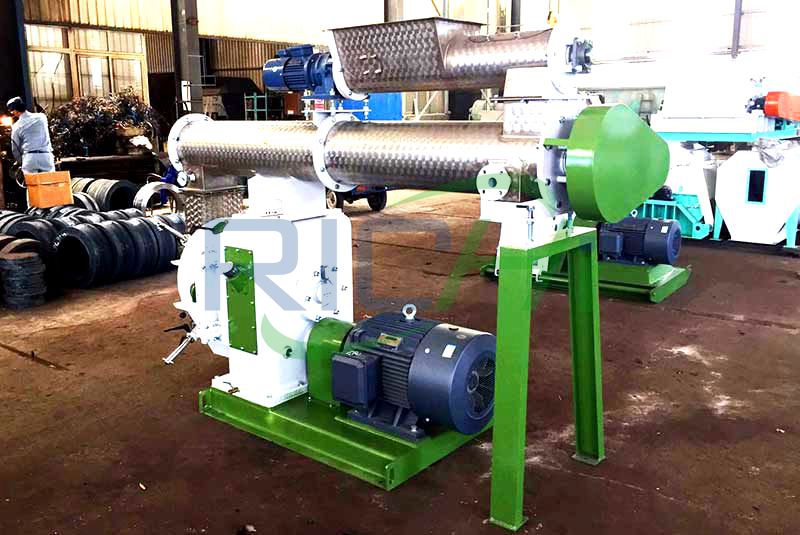
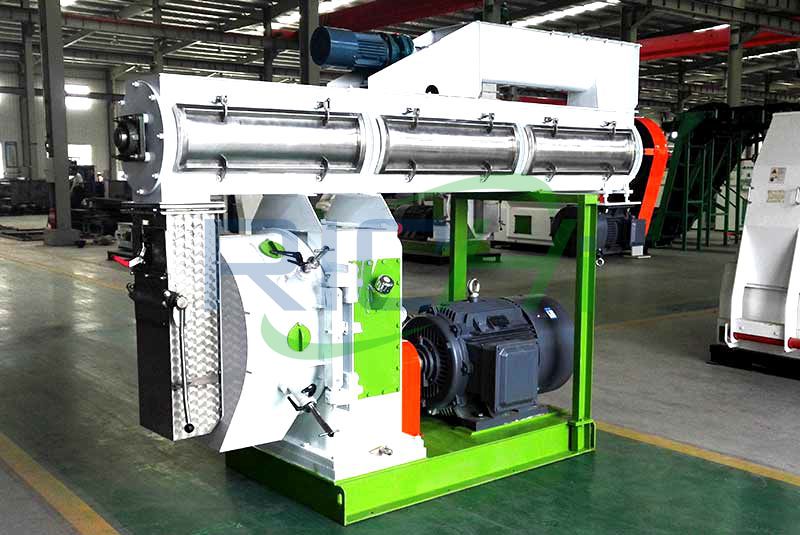
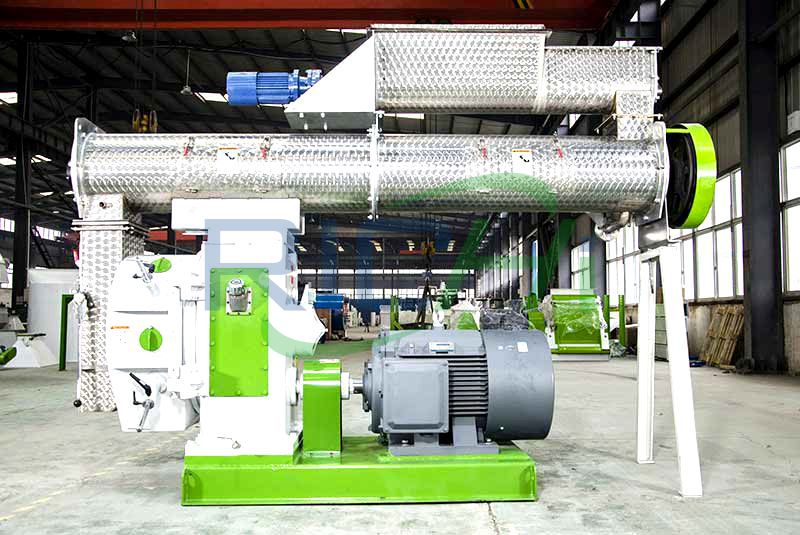
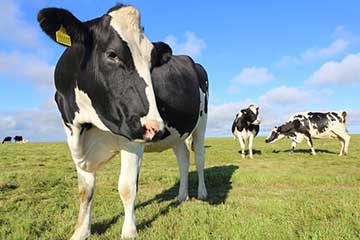
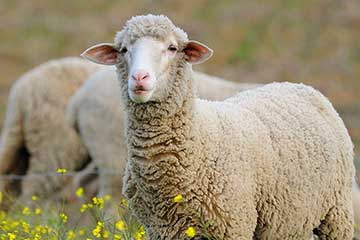
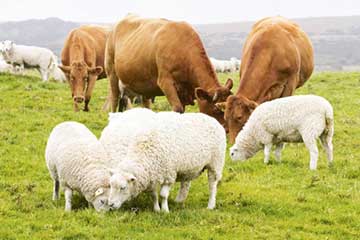
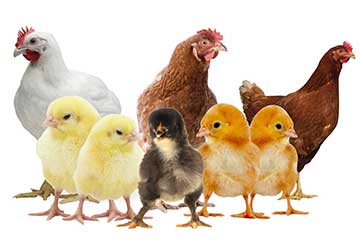
 Product Center
Product Center Get Latest Price
Get Latest Price